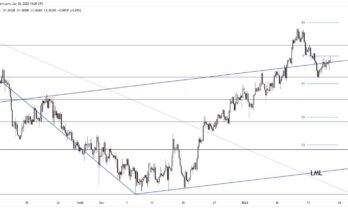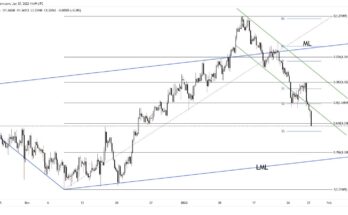The wind was taken out of the Aussie’s sails overnight with the release of weaker than expected CPI data. This took 1 cent from AUDUSD which pushed a two week low below the 0.93 level. Recall that it was not that long ago that the central bank was doing its best to talk down the currency, into the end of last year and when it was close to the 0.90 level. This latest release removes the risk that the RBA may have become a little more uncomfortable with currency strength, but there are still issues to contend with, as the previous period of currency weakness continues to be felt via the rise in the rate of tradeable goods inflation, which a year ago was negative and is now running at 2.6%.
For today, the focus is initially on the European PMI data, which more recently have been indicating better prospects for the Eurozone economy compared to the end of last year. The impact on the single currency is likely to be limited as the focus is on the risk of deflation. The same is likely to hold true for the BoE minutes released at 08:30 GMT, given that the main focus for UK markets is likely to be with the release of the Inflation Report next month. Thereafter, US data is second tier in the form of New Home Sales and preliminary manufacturing PMI at 13:45 GMT. Then overnight we have the rate decision from the New Zealand central bank, where the expectation is that we will see rates increased from 2.75% to 3.00%. The kiwi has already been softening on the belief that the RBNZ will signal a pause in the tightening cycle, in part because of the deflationary effect of the firmer currency.
Overall, the US dollar remains consolidative and it likely to see the upside constrained so long as the Fed continues to suggest that a rate increase is off the agenda for some considerable time. This can be seen in the tight correlation between the dollar and interest rate futures contracts for mid-2015, which has moved from negative to positive over the past 5 weeks (4 week rolling correlation).
Further reading:
European PMI data
Conflicting reports of battles in Ukraine drive investors away from risk



